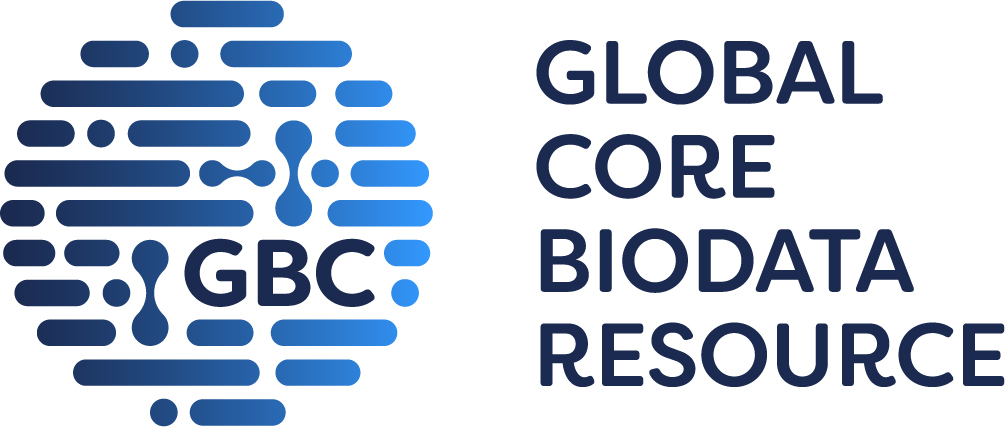
GtoPdb is requesting financial support from commercial users. Please see our sustainability page for more information.
ZAC C
Unless otherwise stated all data on this page refer to the human proteins. Gene information is provided for human (Hs), mouse (Mm) and rat (Rn).
Overview
« Hide
More detailed introduction 
The zinc-activated channel (ZAC, nomenclature as agreed by the NC-IUPHAR Subcommittee for the Zinc Activated Channel) is a member of the Cys-loop family that includes the nicotinic ACh, 5-HT3, GABAA and strychnine-sensitive glycine receptors [1-2,4]. The channel is likely to exist as a homopentamer of 4TM subunits that form an intrinsic cation selective channel equipermeable to Na+, K+ and Cs+, but impermeable to Ca2+ and Mg2+ [4]. ZAC displays constitutive activity that can be blocked by tubocurarine, TTFB and high concentrations of Ca2+ [4]. Although denoted ZAC, the channel is more potently activated by H+ and Cu2+, with greater and lesser efficacy than Zn2+, respectively [4]. Orthologs of the human ZACN gene are present in a wide range of mammalian genomes, but notably not in the mouse or rat genomes. [1-2].
Channels and Subunits
Comments
Further reading
How to cite this family page
Database page citation (select format):
Concise Guide to PHARMACOLOGY citation:
Alexander SPH, Mathie AA, Peters JA, Veale EL, Striessnig J, Kelly E, Armstrong JF, Faccenda E, Harding SD, Davies JA et al. (2023) The Concise Guide to PHARMACOLOGY 2023/24: Ion channels. Br J Pharmacol. 180 Suppl 2:S145-S222.









A ZACN gene does not appear to exist in the mouse or rat genomes [1]. Although tabulated as an antagonist, it is possible that tubocurarine acts as a channel blocker. Antagonism by Ca2+ is voltage-independent. ZAC is not activated (at 1 mM) by transition metals including Fe2+, Co2+, Ni2+, Cd2+, or Al3+ [4]. The concentration response relationship to Cu2+ is biphasic, with concentrations exceeding 30 μM being associated with reduced activation [4]. The N-(thiazol-2-yl)-benzamide analog TTFB has been identified as a moderately potent negative allosteric modulator of ZAC. TTFB displays negligible activity at representatives of the GABAA, glycine, 5-HT3 and nicotinic ACh receptors, and thus it constitutes a potential pharmacological tool for ZAC.